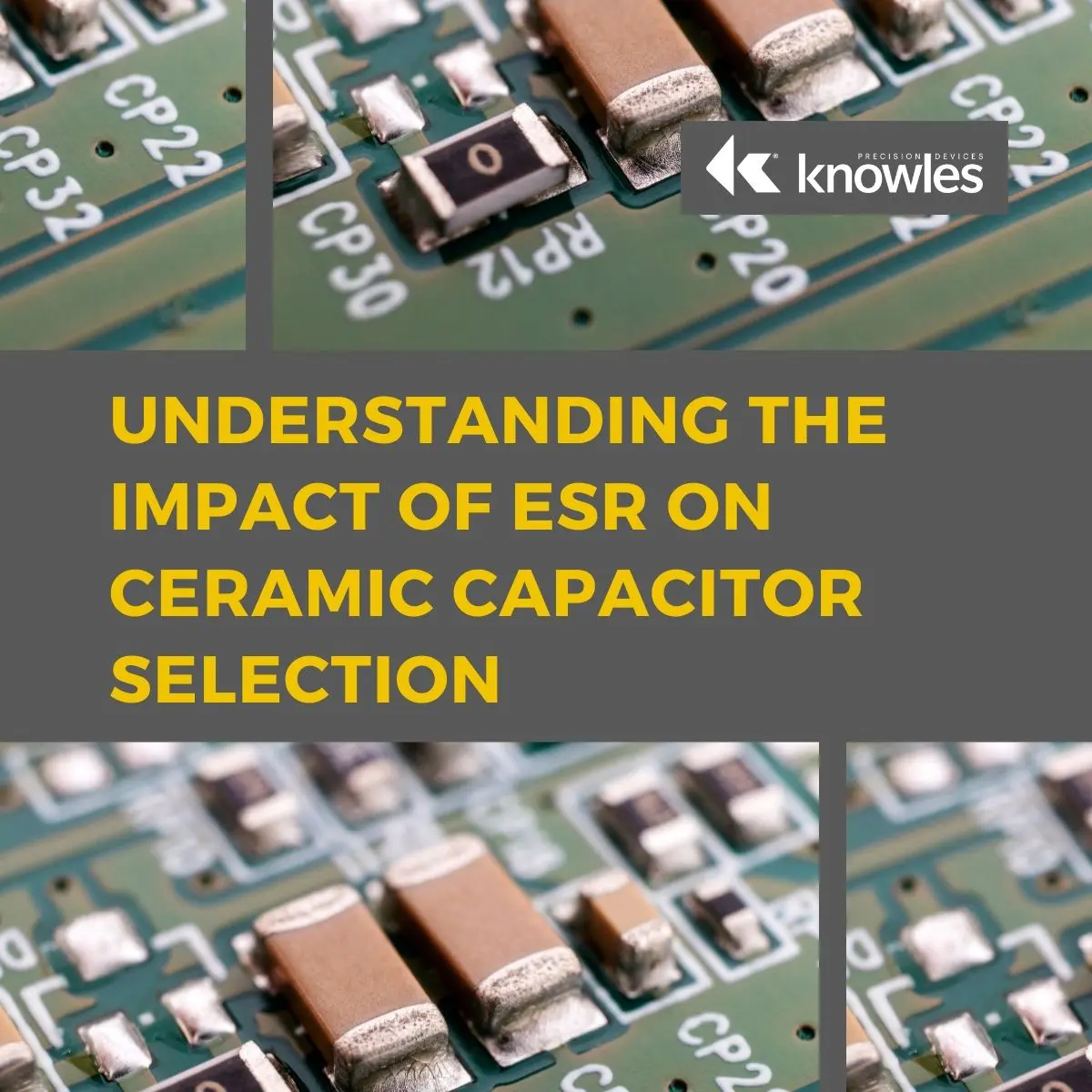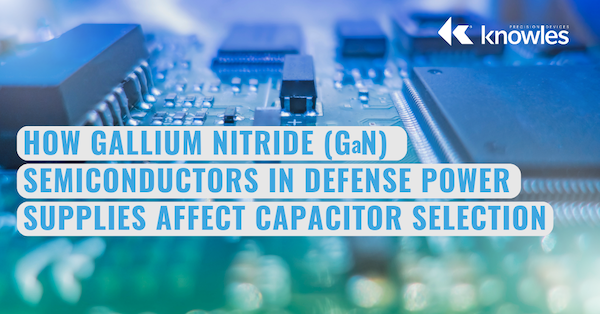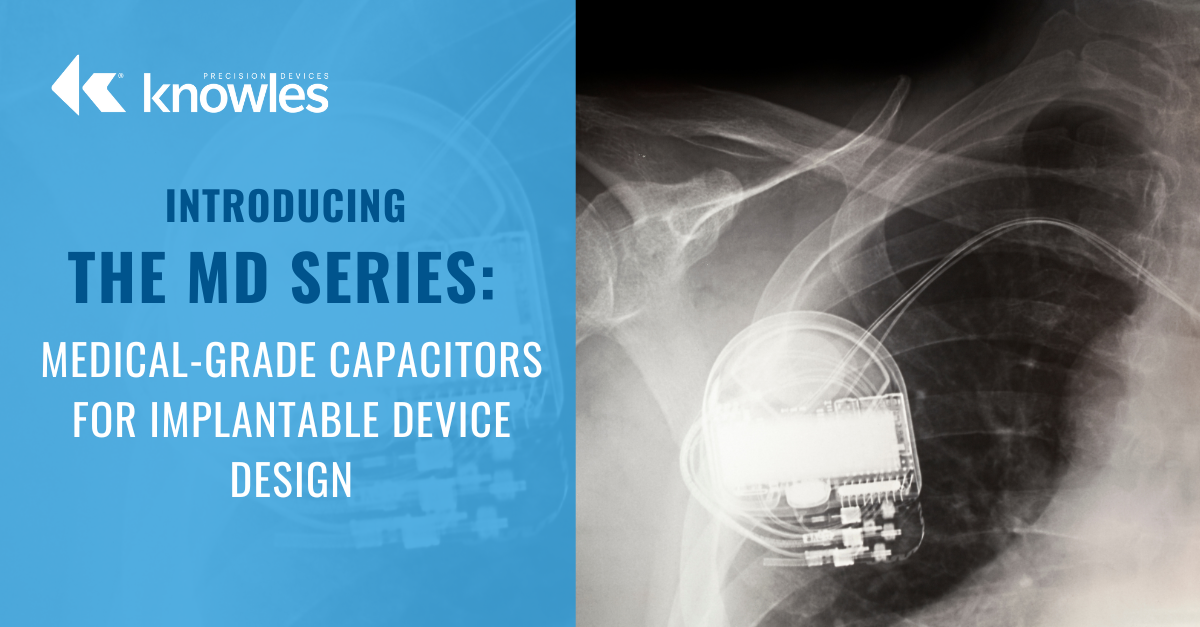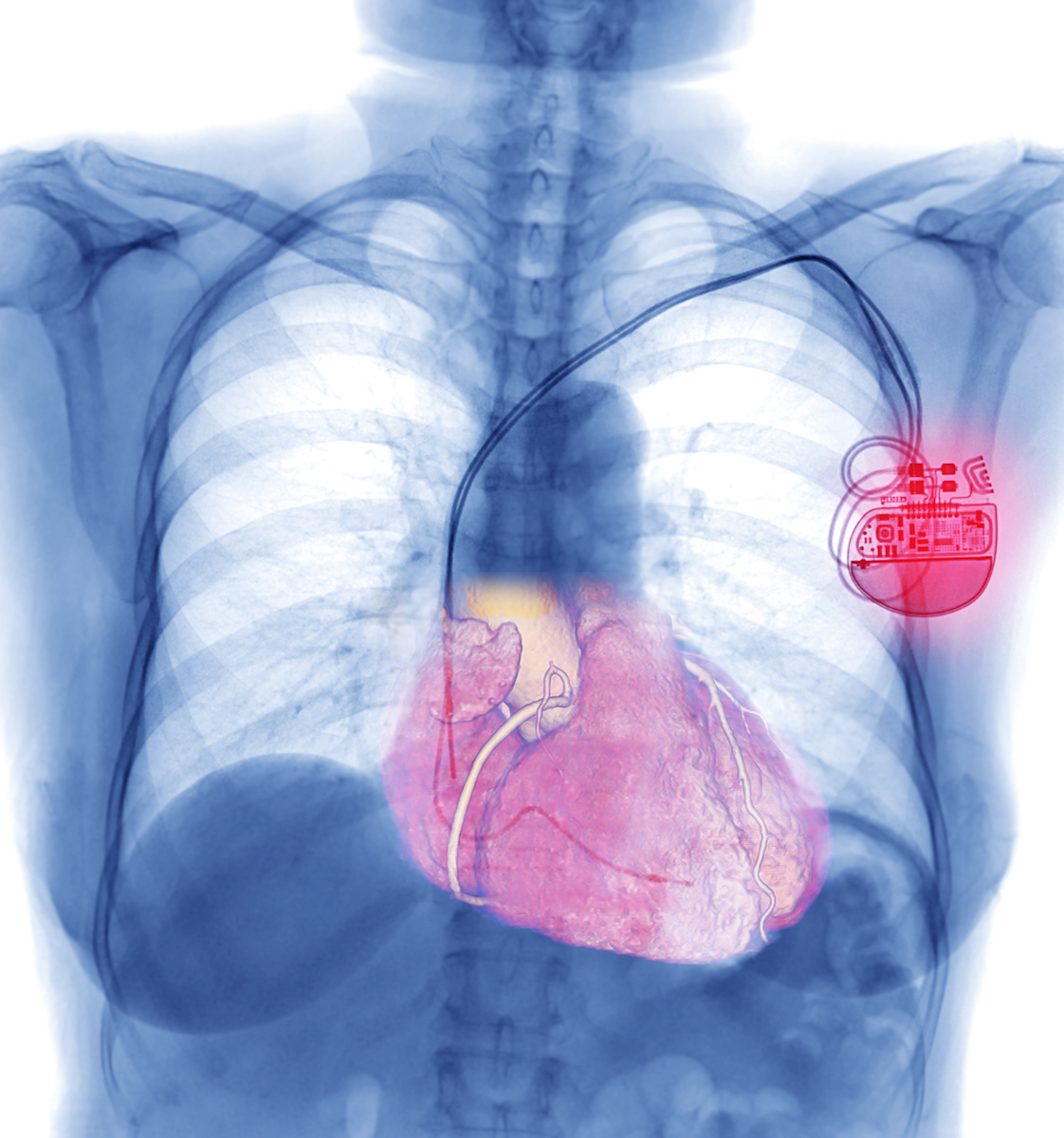In an ideal world, capacitors could be designed in a way where they would exhibit no resistance. However, this is physically impossible to achieve as there will always be some type of internal resistance in a capacitor that appears in series with the capacitance of the device. Known as equivalent series resistance (ESR), the level of this resistance will vary across capacitors depending on a variety of factors including the dielectric materials used, frequency of the application, leakage, and quality and reliability of the capacitor. The two graphs in Figure 1 show an example of how ESR can change as frequency increases across various capacitances on two different classes of ceramic dielectrics.
Understanding the Impact of ESR on Ceramic Capacitor Selection
Topics: Capacitor, High Reliability
High-Precision and High-Reliability Machined and Plated Solutions for Passive Electronic Components
At Knowles Precision Devices, we have a long history in radio frequency (RF) and custom discrete passive components. Our rich heritage in variable and trimmer capacitors comes from Voltronics and Johanson and our expertise in High-Q multi-layer ceramic capacitors (MLCCs) is supported by DLI and Syfer.
Topics: High Reliability, Filtering
At Knowles, it is our mission to provide specialty components that meet even the toughest performance and reliability requirements, especially for applications where failure is not an option. But, markets and requirements are constantly changing, which means we must closely monitor the trends impacting all the industries and applications where you might find our components. One area where we are seeing rapid innovation spanning the industries we serve is power electronics. At a high level, the trends driving power electronics innovation are largely centered around methods for providing more energy more efficiently while using smaller components. Below are four key power electronics trends we are currently monitoring and a how we can help you stay on top of each trend with your designs.
Topics: Automotive, Electric Vehicles, High Reliability
Radio frequency (RF) power dividers are designed to split an incoming signal into multiple outputs such that there’s a portion of the original signal’s power in each output. Given their critical function, power dividers play a particularly important role in antenna systems, telecommunications, and signal processing.
Topics: Capacitor, Military and Aerospace, High Reliability
How Gallium Nitride (GaN) Semiconductors in Defense Power Supplies Affect Capacitor Selection
Defense applications tend to operate at high voltages and wide temperature ranges. They require components with increased efficiency, reduced size, and high power density. Because a wideband gap (WBG) semiconductor embodies these characteristics, defense and aerospace systems are increasingly using Gallium Nitride (GaN) for power conversion.
Topics: Capacitor, Military and Aerospace, High Reliability
Introducing the MD Series of Medical-Grade Capacitors for Implantable Device Design
A medical device is considered “implantable” if it’s partly or totally introduced into the human body via surgery or another medical intervention, and it’s intended to stay there for a long period of time. According to the American Medical Association (AMA), approximately 10 percent of Americans will receive an implantable device during their lifetimes. To serve consistent, often life-sustaining functions, implantables require high-reliability components that guarantee long-term performance.
Topics: Medical, High Reliability
Capacitor Fundamentals: Part 11 - High Reliability Testing
Welcome to the Capacitor Fundamentals Series, where we teach you about the ins and outs of chips capacitors – their properties, product classifications, test standards, and use cases – in order to help you make informed decisions about the right capacitors for your specific applications. After describing standard industry test testing in our previous article, let’s discuss high reliability testing for capacitors.
Topics: Capacitor, High Reliability
How The Shift to SiC-Based Semiconductors in Military Power Supplies Affects Capacitor Selection
To protect people and critical equipment, military-grade electronic devices must be designed to function reliably while operating in incredibly harsh environments. Therefore, instead of continuing to use traditional silicon semiconductors, in recent years, electronic device designers have started to use wide band-gap (WBG) materials such as silicon carbide (SiC) to develop the semiconductors required for military device power supplies. In general, WBG materials can operate at much higher voltages, have better thermal characteristics, and can perform switching at much higher frequencies. Therefore, SiC-based semiconductors provide superior performance compared to silicon, including higher power efficiency, higher switching frequency, and higher temperature resistance as shown in Figure 1.
Topics: Capacitor, Military and Aerospace, High Reliability
Supporting Medical Advancement at Knowles Precision Devices
At Knowles Precision Devices (KPD), we handle the specialty components that go in the systems that can’t quit. We have the extensive resources and subject matter knowledge to innovate around the technical and environmental challenges facing high-impact industries including military, aerospace, and beyond.
Topics: Capacitor, News and Events, Medical, High Reliability
High-Performance Capacitors to Meet the Needs of Demanding Aerospace and Defense Applications
From military aircraft to electronic warfare defense systems, aerospace and defense applications are placing new demands on their power electronics. Defense electronics systems must function reliably for their lifetime while operating at higher voltages and wider temperature ranges, and all while becoming smaller, lighter, and consuming less power.
Topics: Capacitor, Military and Aerospace, High Reliability


.png)






